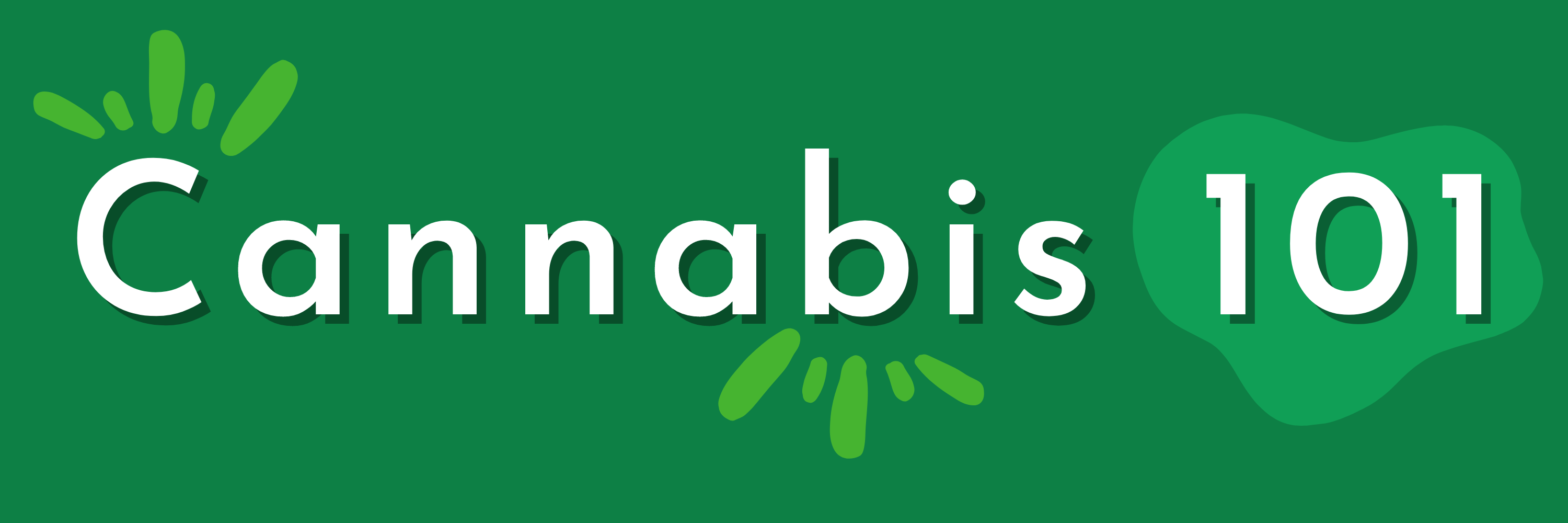
Differences between medical cannabis and recreational cannabis
- Medical cannabis contains CBD while recreational cannabis contains more THC and less CBD. THC gives the user the “high” and can lead to other negative consequences if overused.
- Effective for four conditions*:
1. End of life pain/cancer pain
2. Chemotherapy induced nausea and vomiting
3. Multiple Sclerosis
4. Epilepsy
*Based on randomized control trials
- You should not use cannabis to self-medicate if you do not have one of the conditions listed.
- Cannabis might be effective for other diseases (mixed research) such as: Alzeimer's disease, Lou Gehrig's Disease, Crohn's disease, Hepatitis C, and HIV.
Safe Use
The most effective way to avoid risks is to abstain from cannabis use, but if you do decide to use, check out our list below.
- Use a low THC product; high THC-content products carry greater risks for mental and behavioral outcomes.
- Stick to using once a week or on weekends only, at most.
- Do not drive if you are using cannabis
- Risks will vary in likelihood and severity depending on quantities, product quality, user characteristics, etc. so you can never expect the experience of one person to be the same experience of another.
THC vs. CBD
- Cannabis contains hundreds of chemicals, but there are two main chemicals: THC and CBD. These act very differently in the body so it's important to know the differences before using cannabis.
- THC, or Tetrahydrocannabinol is responsible for the “high”. Farmers have slowly cultivated plants to have higher levels of THC to increase the effects of using cannabis. THC is responsible for the feelings of higher anxiety and paranoia if too much is taken. The Potency section below covers THC percentages found in various cannabis products.
- Check "safe use" above to avoid an unpleasant high.
- CBD, or Cannabidiol calms the nervous system and is responsible for many of the medicinal properties of cannabis, including anti-inflammation, anti-epileptic, and pain reduction. The FDA has approved a few medications in pill form; they have isolated the beneficial cannabinoids alone. To date, the FDA has not approved smoking cannabis as a form of medication because of the harmful side effects of THC.
- Be aware that CBD modulates the effects of THC; many products sold today have increased THC levels with lower levels of CBD.
Potency
- The THC levels in cannabis today average about 13% compared to 3.75% in 1995, as reported by the Federal Drug Enforcement Agency (DEA). Thus, today’s users are much more likely to experience the negative short-term and long-term side effects of cannabis use.
- High levels of THC without CBD to balance it result in negative impacts (bad highs, calls for emergency service, psychosis). See health effects page.
- THC potency generally ranges anywhere from about 10% - 40% in the plant, and THC concentrates (see ways of use) can range from 60% - 80% or more in some concentrate products.
Ways of Use
Smoking
Cannabis can be smoked/inhaled by rolling it or using a pipe, bong, hookah or vape device (not an exhaustive list). Joints, blunts, spliffs, bongs, bubblers, pipes, and vaporizers are all examples of implements used to smoke cannabis.
Ingesting/consuming/eating
Cannabis can be consumed via snacks, candies, drinks, capsules, drops and more.
Edible products are infused with THC/CBD oils. A standard dose is 10mg, but someone using an edible product for the first time should start with 5mg. Edible products are very different from smoking and other forms of cannabis because it takes so long for the effects to kick in. One should always wait at least two hours before eating more. The effects can begin within 30 minutes to 2 hours after consumption. Additionally, the high progressively increases in intensity and lasts longer than smoking.
Most drops and other ingestible products are cannabis concentrates. These can be used without the side effects of smoking. Some products will contain a THC to CBD ratio. This can be helpful in knowing what to expect, and preventing undesired effects. See the cannabis 101 section to learn about THC and CBD.
Concentrates
Concentrates are extracted cannabis oils that contain a very high percent of THC and/or CBD. Concentrates are often used in vaporizers or added to another type of smoking device. Concentrates can also be infused into food or other ingestible products. Examples include hash oil/honey oil, shatter, dabs, wax or budder.
Others
Cannabis can also be used topically, in lotions, pads, sprays and more.
